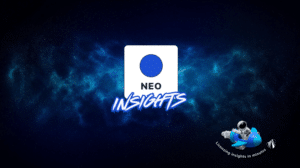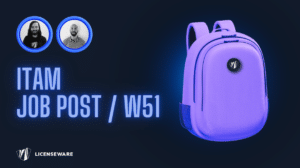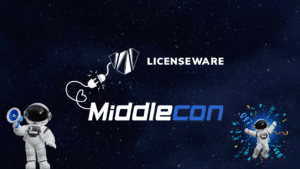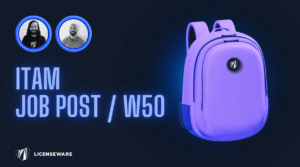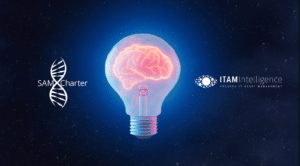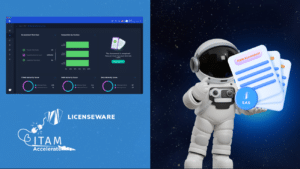How Sui is Building a Blockchain for Software Licensing at Scale
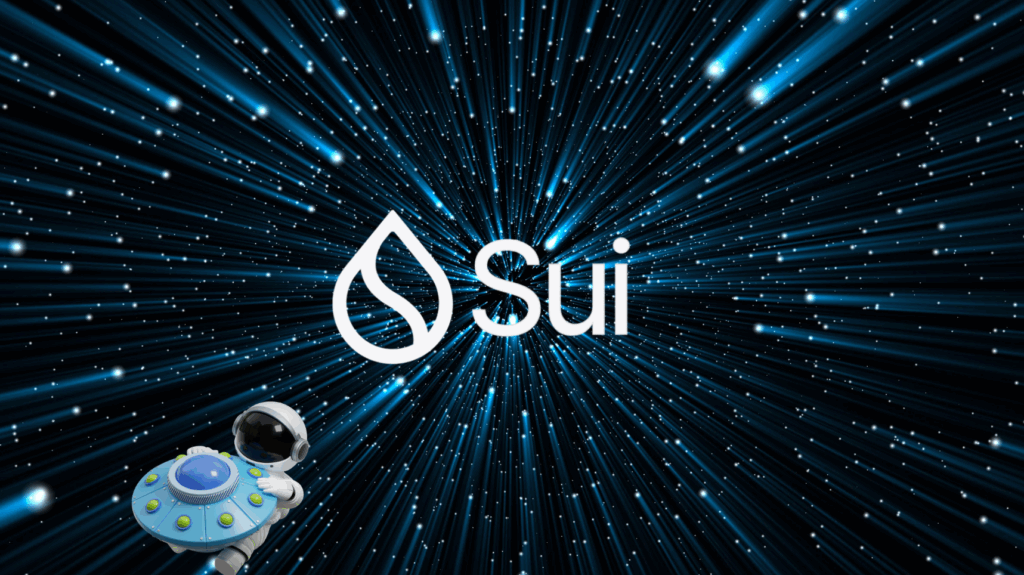
The world of software licensing has long been a centralized affair, governed by complex agreements, restrictive terms, and the constant specter of vendor audits. For years, blockchain technology has been touted as a potential solution, promising a future of immutable ownership records and transparent, automated compliance. However, the dream has often been hampered by the reality of low transaction speeds and high costs on legacy blockchains. Now, a new generation of platforms is emerging to solve this, and the Sui blockchain is demonstrating a compelling case, with reports indicating a single software licensing dApp has successfully handled 35,000 daily activations.¹
This figure is more than just an impressive metric; it is a proof of concept that enterprise-grade Software Asset Management (SAM) on a decentralized ledger is not only possible but practical. It signals that a platform like Sui may have the architectural foundation necessary to handle the high-volume, high-speed demands of a global software business, potentially rewriting the rules of digital ownership and control.
Why Traditional Blockchains Stumble with Licensing
To appreciate Sui’s potential, one must understand why earlier blockchains struggled with a use case like software licensing. Most first-generation blockchains, like Ethereum, use a sequential execution model. Transactions are processed one after another in blocks, creating a bottleneck. Imagine a popular software product launching a new version. Tens of thousands of users might open the application simultaneously, each requiring a license check and a transaction on the blockchain. On a sequential chain, this would create massive network congestion, leading to slow launch times, a terrible user experience, and unpredictable fees. It’s a non-starter for any serious commercial application.
The Sui Difference: An Architecture Built for Scale
Sui was designed from the ground up to overcome these limitations, incorporating several key innovations that make it uniquely suited for high-throughput applications like software licensing.
1. Parallel Execution Model:
Unlike its predecessors, Sui processes transactions in parallel.² If a transaction is simple and involves independent assets (like one user activating their unique software license), it can be processed almost instantly without waiting for consensus from the entire network. This architectural shift dramatically increases throughput and reduces latency. For a software vendor, this means that thousands of concurrent license activations can be validated simultaneously, ensuring users experience instant access without bottlenecks, even during peak demand.
2. The Object-Centric Design:
Sui’s most unique feature is its object-centric data model. Instead of accounts and balances, every asset, from a cryptocurrency coin to a digital collectible, is a distinct, programmable “object.”² This paradigm is a perfect fit for software licensing. A license is no longer just an entry in a ledger; it becomes a unique digital object with its own attributes and rules. This object can be programmed to be a perpetual license, a time-limited subscription, or a feature-gated key. Transferring ownership is as simple as transferring the object from one owner to another. This model drastically simplifies the development of complex licensing schemes and makes the management and transfer of digital assets far more efficient.
3. Move: A Language for Secure Assets:
Sui utilizes the Move programming language, a Rust-based language originally developed for Meta’s Diem blockchain project and designed with safety and asset security as its primary goals.³ When dealing with high-value digital assets like enterprise software licenses, security is non-negotiable. A vulnerability in a smart contract could allow for the fraudulent duplication or theft of millions of dollars in software entitlements. Move is engineered to prevent common exploits and has built-in protections that ensure digital assets cannot be accidentally duplicated or destroyed, enforcing strict ownership rules at the language level.³ This provides a robust and secure foundation for building mission-critical dApps.
4. Robust Developer Tooling:
For any platform to gain adoption, it must be accessible to developers. Sui provides a comprehensive set of developer tools and SDKs, including the Sui dApp Kit, which are designed to streamline the development process.⁴ ⁵ These tools lower the barrier to entry for software companies looking to explore decentralized licensing, making it faster and more cost-effective to build and integrate sophisticated dApps with their existing products.
A Glimpse into a Possible Future of Licensing
The successful management of 35,000 daily activations by a single licensing dApp is a powerful demonstration of Sui’s capabilities.¹ It proves that the platform can handle the demands of a real-world, enterprise-level application, moving beyond niche crypto use cases. For software vendors, this opens the door to a new world of licensing models, from fractional ownership to peer-to-peer marketplaces for secondhand licenses, all managed with the transparency and security of a decentralized ledger. For customers, it promises a future where they have true ownership of their digital assets.
While the industry is still in the early stages of this transition, platforms like Sui are laying the essential groundwork. By solving the core challenges of scalability and security, they are making the vision of a decentralized, user-centric software licensing ecosystem an increasingly tangible reality.
Sources
- Sui, The Official Sui Foundation Website (2024) https://sui.io/
- Sui Docs, How Sui Works (2024) https://docs.sui.io/concepts/how-sui-works
- Sui Docs, Move on Sui (2024) https://docs.sui.io/concepts/sui-move-concepts
- Sui Docs, Getting Started with Sui (2024) https://docs.sui.io/guides/developer/getting-started




